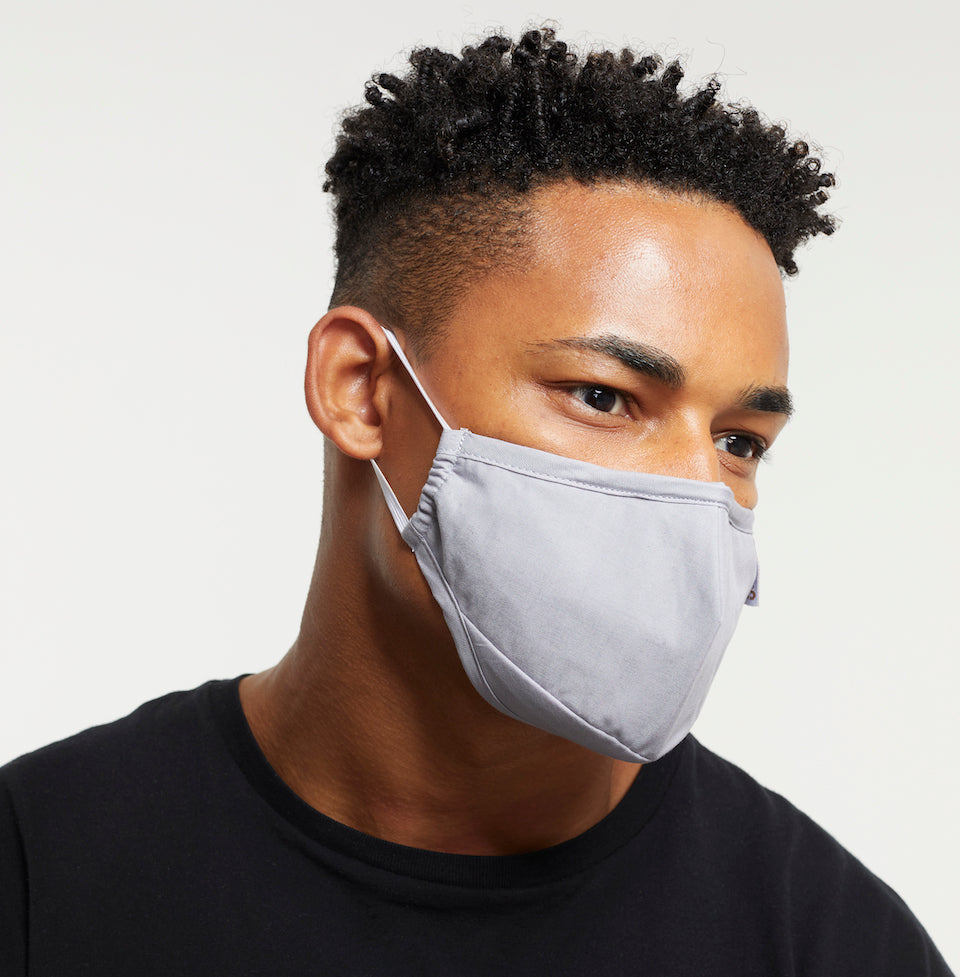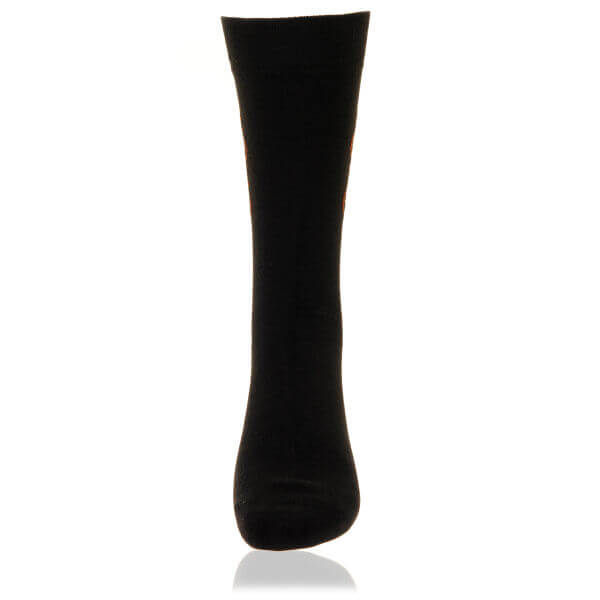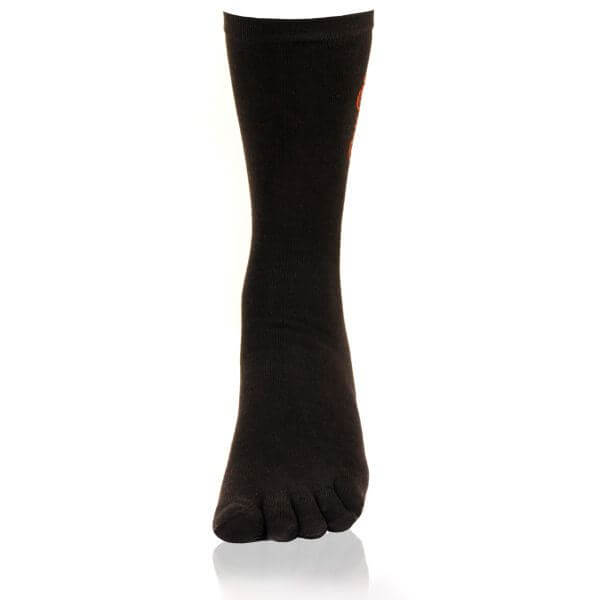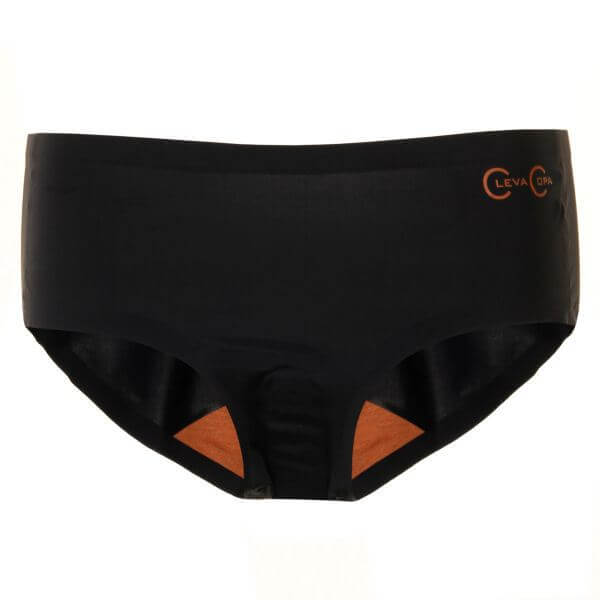How Compression Socks Can Heal Sprained Ankle Injury
Published
December 25 2024
An ankle sprain might feel like a huge setback, especially if you enjoy an active lifestyle. But do you know sprained ankles are among the most common ailments, especially if you participate in sports or strenuous activities? However, you don’t need to be afraid! This blog post is here to talk about how compression socks can help you with ankle injury recovery.
Let’s get started!
What is an Ankle Sprain?
Before understanding what compression socks can do for a sprained ankle, it’s critical to know the meaning of this ailment. An ankle sprain happens when the ligament of your ankle stretches beyond its limitations, resulting in a tear or injury.
It frequently occurs during activities that entail abrupt changes in direction, such as jumping or landing awkwardly.
Types of Ankle Sprains
Ankle sprains are characterised according to their location and severity of the injury.- Lateral Ankle Sprains The most common variety is lateral ankle sprain, which occurs when the ankle rolls inward, stretching or ripping the ligaments on the outside of the ankle.
- Medial Ankle Sprains Medial ankle sprains, albeit less common, occur when the ankle slides outward, causing ligament damage on the inside.
- High Ankle Sprain High ankle sprains cause injury to the syndesmosis, the fibrous joint that links the two bones of the lower leg. These injuries tend to take longer to heal.
- Grade 1 (mild): Slight straining and tiny tears of the ligament fibres.
- Grade 2 (Moderate): A partial tear of the ligament, causing some instability.
- Grade 3 (Severe): A complete tear of the ligament, typically necessitating surgical intervention.
How Does Compression Socks Can Help You Heal From Ankle Injury?
When it comes to treating sprained ankles, RICE (Rest, Ice, Compression, and Elevation) reigns supreme. This technique relies heavily on compression stockings, which apply progressive pressure to the ankle, foot, and lower leg. This helps to improve blood flow, reduce oedema, and alleviate discomfort. While some athletes may use tightly wrapped tape as support, compression socks provide more continuous and moderate pressure throughout the day. This is especially useful in the critical hours and days after a sprain, as it can replace the support lost due to ligament injury.What are the Advantages of Compression Socks for a Sprained Ankle?
Let's look at the specific benefits of compression socks during your recuperation process.- Reduced Swelling Compression socks are designed to apply pressure to the affected area, reducing swelling and preventing fluid build-up. Doctors often believe that patients who wear compression garments have significantly less swelling than those who do not.
- Improved Stability and Support Compression socks improve ankle joint stability by fitting snugly. This additional support can make a big impact, especially if you are striving to regain mobility and strength.
-
Better Blood Circulation Increased blood flow carries oxygen and nutrients to the wounded area. Compression socks improve blood circulation, which is necessary for healing.
Revitalise your legs with Copper Clothing Compression Socks. Experience comfort and support all day.
Order now for better circulation! - Accelerated Recovery According to multiple studies, wearing compression clothes can help you recover faster after an accident. It is noted that athletes who wore compression clothing after an injury reported a significant reduction in healing time.
What Do You Need to Consider When Using Compression Socks?
Compression socks can give significant benefits, but they must be used properly. Too tight socks may obstruct circulation, causing discomfort or further injury. Therefore, choosing the appropriate size and level of compression is critical. Also, it’s critical to remember that compression socks can fasten the recovery, but they are not a substitute for appropriate medical care. For moderate to severe sprains, medical treatment is required. Lastly, adhering to the RICE approach and following a healthcare provider's treatment plan should be your priority.How to Select the Ideal Compression Socks for Sprained Ankle Recovery?
When choosing compression socks, consider the following factors:- Graduated Compression: Look for socks that provide more pressure at the ankle and gradually decrease as they move up the leg. This design improves blood flow.
- Material: To keep your feet comfy, use breathable materials that wick moisture away from the skin.
- Size and Fit: Measure your leg circumference to determine the appropriate size. A bad fit can negate the advantages of compression.
- Level of Compression: Compression levels are usually classified as mild (8-15 mmHg), moderate (15-20 mmHg), or firm (20-30 mmHg). Consult a healthcare practitioner about the proper level based on the degree of your sprain.
- Choose Copper Clothing Compression Socks: Compression socks from Copper Clothing not only offer the benefits of compression, but they also feature copper-infused fabric. Copper is recognised for its antimicrobial qualities, which reduce odour and promote hygiene. Furthermore, copper can also help to reduce inflammation.
In summary, compression socks can help you recover from a sprained ankle by lowering swelling, providing stability, boosting circulation, and speeding up healing. They are a crucial tool for anyone hoping to recover from an ankle sprain while remaining comfortable and supported.
If you have an ankle injury, consider investing in a decent pair of compression socks. However, keep in mind that they should be used in addition to, not instead of, competent medical guidance. Also, consider our Copper Clothing Compression Socks, which are packed with the healing properties of copper along with the benefits of compression.
If you found this article useful, read more about injury healing and prevention on our blogs. Remember, the more you understand your body and its demands, the sooner you can be back on your feet and ready to resume your active lifestyle!
































